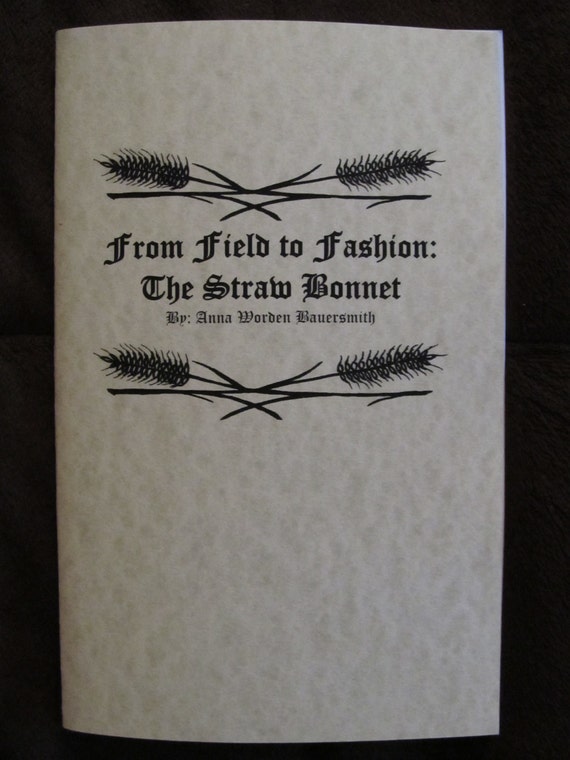On Sunday, we had a living history symposium at Historic Fort Steilacoom. Thirty-nine people participated, including six speakers, and several members of the Fort's board. It started with a tour of the Fort's buildings (Pete). The talks, each approximately 30 minutes in duration, included an overview of mid-19th century photographic methods (Victoria), a demonstration of bacon curing (Jim), a history of yeast and chemical leavening agents (Quinn), an overview of practical and hobby gardening in the mid-19th century (Elise), a practical etiquette demonstration (Nancy), and a summary of dining practices of the 1850s-1860s (moi).
Friday, March 31, 2017
Monday, March 20, 2017
Fort Steilacoom Living History Symposium
Dear Living Historians, Historical Interpreters, and Reenactors:
You are cordially invited to a Living History Symposium on Sunday, March 26, 2017, from 12-4 in the afternoon. Guest speakers will be presenting on a variety of mid-nineteenth century subjects, to share their research and help you 'round out' your impression. The current offerings include:
*Dining in the 1850s & 1860s
*Early Photography
*Food Preservation
*The Genteel Hobby of Gardening
*Yeast and Innovations in Leavening
*Mrs. Mowett's Interactive Etiquette
A tour of Historic Fort Steilacoom will commence at noon. The presentations will be held in Quarters 2, starting at 1pm. There is no charge to attend; visitors are advised to bring a water bottle. Feel free to invite your friends!
Monday, March 6, 2017
Book Review: From Field to Fashion
(This review is of the 2015 electronic version of the book; it was originally published in 2006)
From Field to Fashion is a resource about
straw bonnets, not a guide to making them. Half of the 50-page booklet discusses the whole industry of straw bonnet production: from growing the crop to trimming the finished bonnet. There's information
about how the work was done, by whom, and for what wages; which types
of straw were used; how the bonnets were styled; and who wore the finished bonnets. This overview makes extensive use of quotations from period sources, all cited in footnotes. Additionally, there are four pages of bibliography and a fifteen
page appendix with recommendations of where to view original bonnets online, charts of the economic statistics of bonnet-manufacture, examples of plaited straw, and
descriptions of straw bonnets in fiction and fashion literature.
I'd recommend this book for anyone
interested in learning about straw bonnets and how they were made and
used in the 1850s and 60s. In particular, it will invaluable to
those portraying milliners, informed ladies of fashion, or workers
employed in the straw plait industry. If you're looking for instructions for making a bonnet, this isn't the right book, but if you want to better understand them in context or need ideas for trimming one, this is precisely the book you want.
Score: 4.5 Stars.
Accuracy: High. Extensive use of primary sources, with quotes, footnotes, and citations.
Strongest Impression: Very good reference material for straw bonnet manufacture and wear, which would be useful background information for certain mid-century impressions.
Subscribe to:
Comments (Atom)






